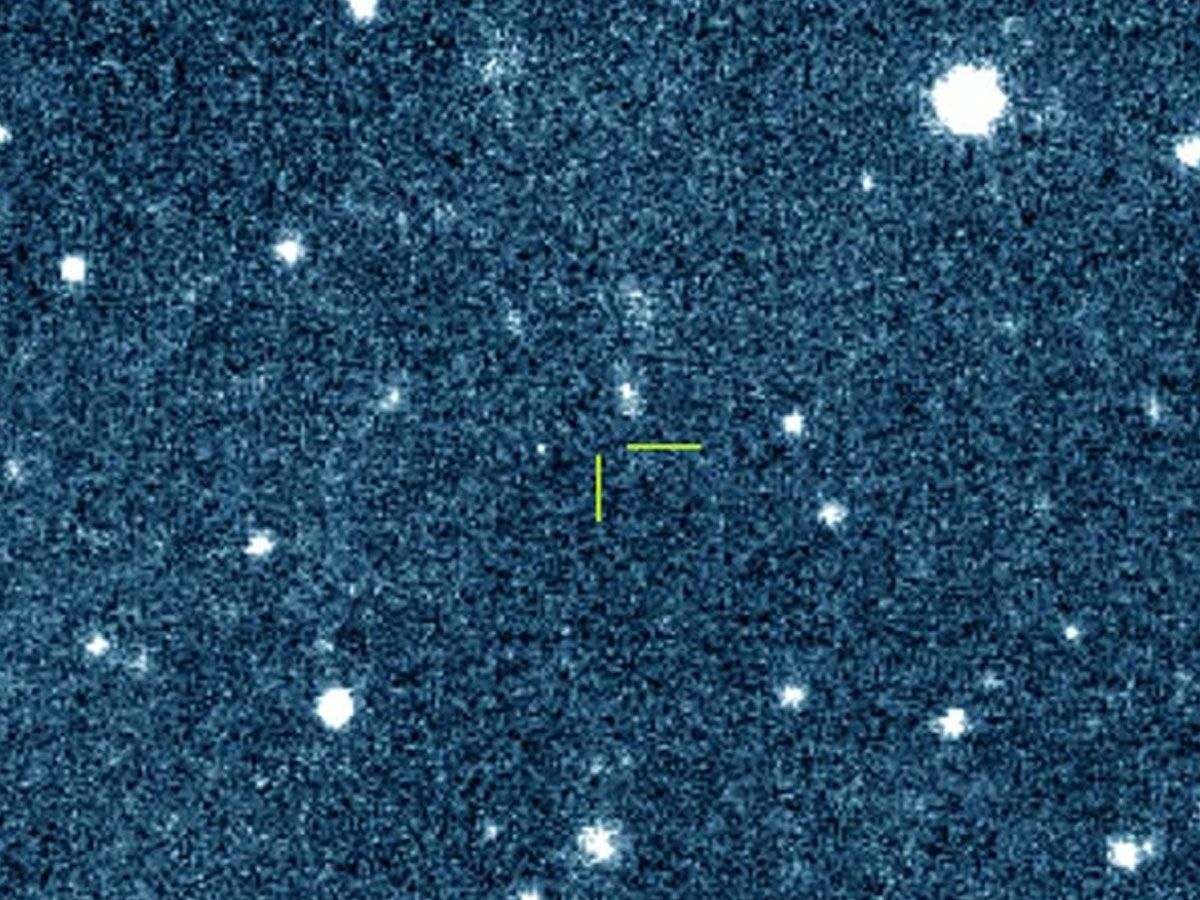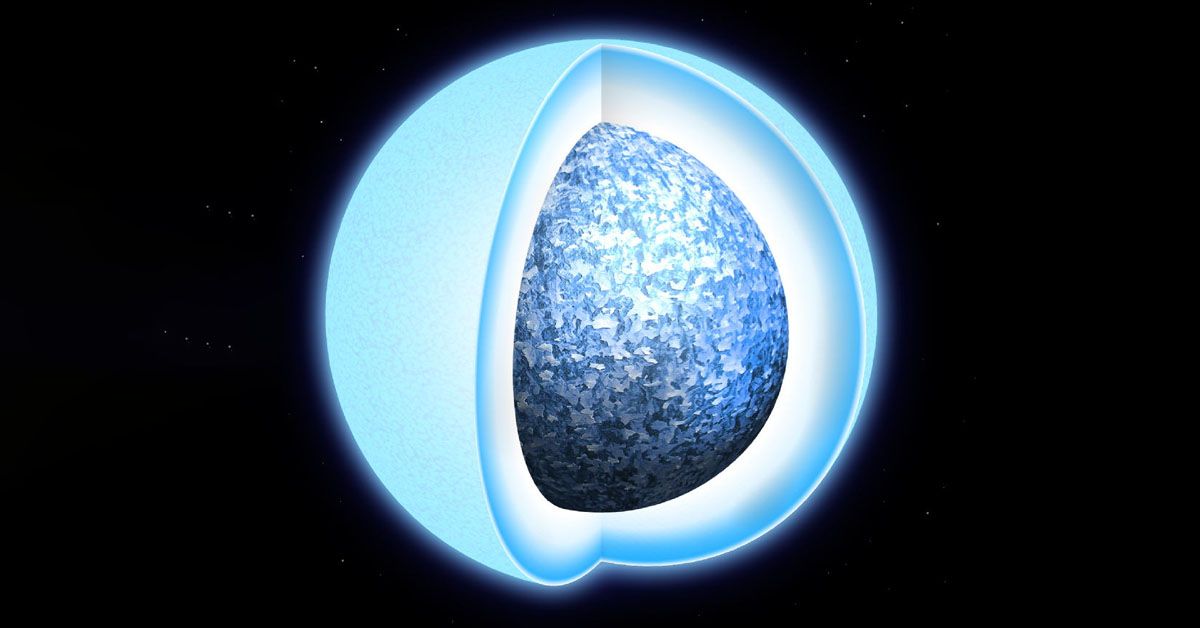In a groundbreaking revelation, scientists have uncovered an extraordinary cosmic phenomenon: a white dwarf star on the verge of transforming into a colossal diamond!
This remarkable discovery sheds light on the fascinating evolution and cooling process of stars in our vast universe. White dwarf stars, the remnants of sun-like stars that have exhausted their fuel, hold the secret to this mesmerizing transformation.
But how does a star crystallize into a precious gemstone?
The Phenomenon of Crystallization in White Dwarf Stars
Crystallization in white dwarf stars is driven by several factors. As these stars burn off most of their fuel, their cores become predominantly composed of metallic oxygen and carbon.
The intense pressure and temperature within the core cause these metallic elements to arrange themselves in a crystal lattice structure, similar to how atoms align in a diamond.
Over time, as the star continues to cool, the atoms within the core gradually lock into place, solidifying the core into a dazzling diamond-like substance.

The role of metallic oxygen and carbon cores is particularly crucial in the crystallization process. These elements provide the building blocks for the crystalline lattice formation.
As the white dwarf cools, the carbon and oxygen atoms arrange themselves into a repeating pattern, creating a highly dense and structured core.
This crystalline structure gives rise to the remarkable transformation of the white dwarf into a cosmic diamond, albeit on an astronomical timescale.
The Stellar Diamond in the Making: HD 190412 C
Within the HD 190412 quadruple star system, a star known as HD 190412 C has caught the attention of astronomers.
This star, situated amid its celestial companions, is currently undergoing a remarkable transformation, the journey towards becoming a cosmic diamond.
HD 190412 C's estimated temperature provides a significant clue about its status as a crystallizing white dwarf.
Researchers have measured its temperature to be around 11,420 degrees Fahrenheit (6,300 degrees Celsius), a range indicative of a white dwarf in the process of crystallization.
The presence of other stars within the HD 190412 system has played a vital role in understanding the composition of HD 190412 C's core.

By studying the neighboring stars and their properties, scientists have gained insights into the metal composition of the white dwarf's core, particularly the abundance of metallic oxygen and carbon.
These elements contribute to the formation of the crystalline lattice that ultimately gives rise to the star's transformation into a diamond.
Approximately 4.2 billion years old, HD 190412 C offers a glimpse into the vast timescale required for crystallization.
This estimated age provides valuable information for astronomers, enabling them to better comprehend the timeline and progression of crystallization in white dwarf stars.
Distance Measurements and Data Analysis
Accurate distance measurements play a crucial role in studying white dwarf stars like HD 190412 C. To achieve this precision, scientists have turned to the Gaia Mission, a groundbreaking endeavor to map a billion stars in our Milky Way galaxy.
The Gaia Mission has provided invaluable data for calculating the distance to HD 190412 C and other celestial objects.
Leveraging the data from the Gaia Mission, researchers have employed sophisticated modeling techniques to gain deeper insights into the cooling process of HD 190412 C.
By analyzing the white dwarf's cooling trajectory over time, they have confirmed HD 190412 C as the first known case of a crystallizing white dwarf with a known age.
The revelation of HD 190412 C's crystallization process opens up new possibilities for further exploration. Scientists speculate that other star systems, such as Sirius, may also harbor white dwarfs amid their own crystallization journeys.
Investigating these systems could provide additional insights into crystallization and expand our understanding of the universe's captivating transformations.
Sources: arxiv.org












